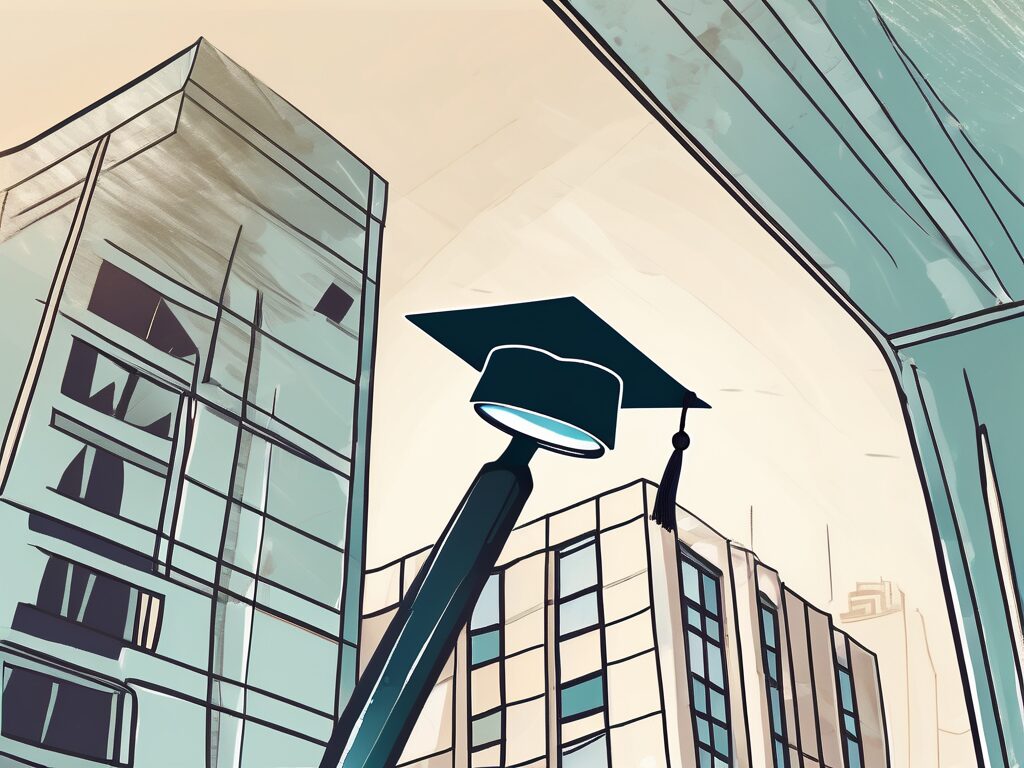What Are the Problems with Teachers in the Philippines?
The teaching profession in the Philippines is fraught with challenges that can impact both educators and students. Understanding these issues is crucial for aspiring international teachers who wish to make a difference. In this article, we will delve into the problems faced by teachers in the Philippines and provide insights on how to navigate these challenges effectively.
Table of Contents
- Why is it Important for Aspiring International Teachers?
- Key Skills or Qualifications Required
- Steps to Get Started
- Challenges and How to Overcome Them
- Best Practices and Tips for Success
- Conclusion
Why is it Important for Aspiring International Teachers?
Understanding the challenges faced by teachers in the Philippines is essential for those looking to enter the international teaching market. The global demand for qualified educators is rising, and being aware of these issues can help you stand out. According to recent job market trends, schools are increasingly looking for teachers who can adapt to diverse educational environments.
Key Skills or Qualifications Required
To succeed as an international teacher, you need a combination of skills and qualifications. These include:
- Strong communication skills
- Adaptability and cultural sensitivity
- Relevant teaching certifications
- Experience in diverse educational settings
Steps to Get Started
Embarking on a career as an international teacher involves several steps:
- Obtain necessary teaching certifications, such as TEFL or TESOL.
- Gain experience through volunteer teaching or internships.
- Network with other educators and join professional organizations.
- Stay updated on international teaching opportunities and trends.
Challenges and How to Overcome Them
Teachers in the Philippines face numerous challenges, including:
- Overcrowded classrooms
- Lack of resources and materials
- Low salaries and benefits
- High workload and administrative tasks
To overcome these challenges, aspiring international teachers should focus on continuous professional development, seek mentorship, and leverage technology to enhance their teaching methods.
Best Practices and Tips for Success
Here are some best practices for aspiring international teachers:
- Engage in lifelong learning and professional development.
- Build a strong support network of fellow educators.
- Embrace cultural diversity and inclusivity in the classroom.
- Utilize technology to create interactive and engaging lessons.
Conclusion
Understanding the challenges faced by teachers in the Philippines is crucial for aspiring international educators. By equipping yourself with the right skills, qualifications, and mindset, you can overcome these obstacles and succeed in the global teaching landscape. Remember, the journey to becoming an international teacher is not just about overcoming challenges but also about making a meaningful impact on students’ lives.
Want to become a teacher in a Tier 1 international school? Join the course here.

